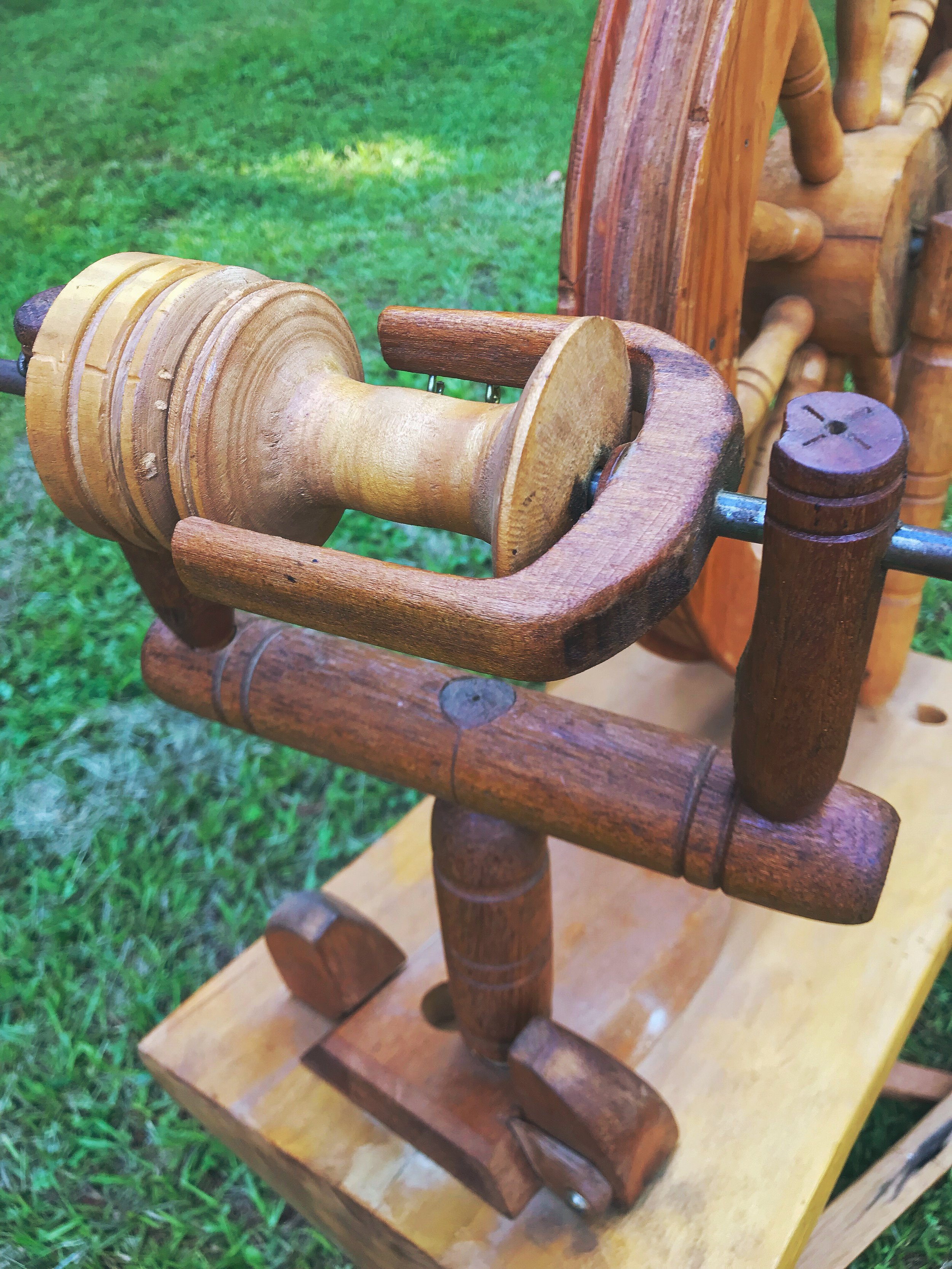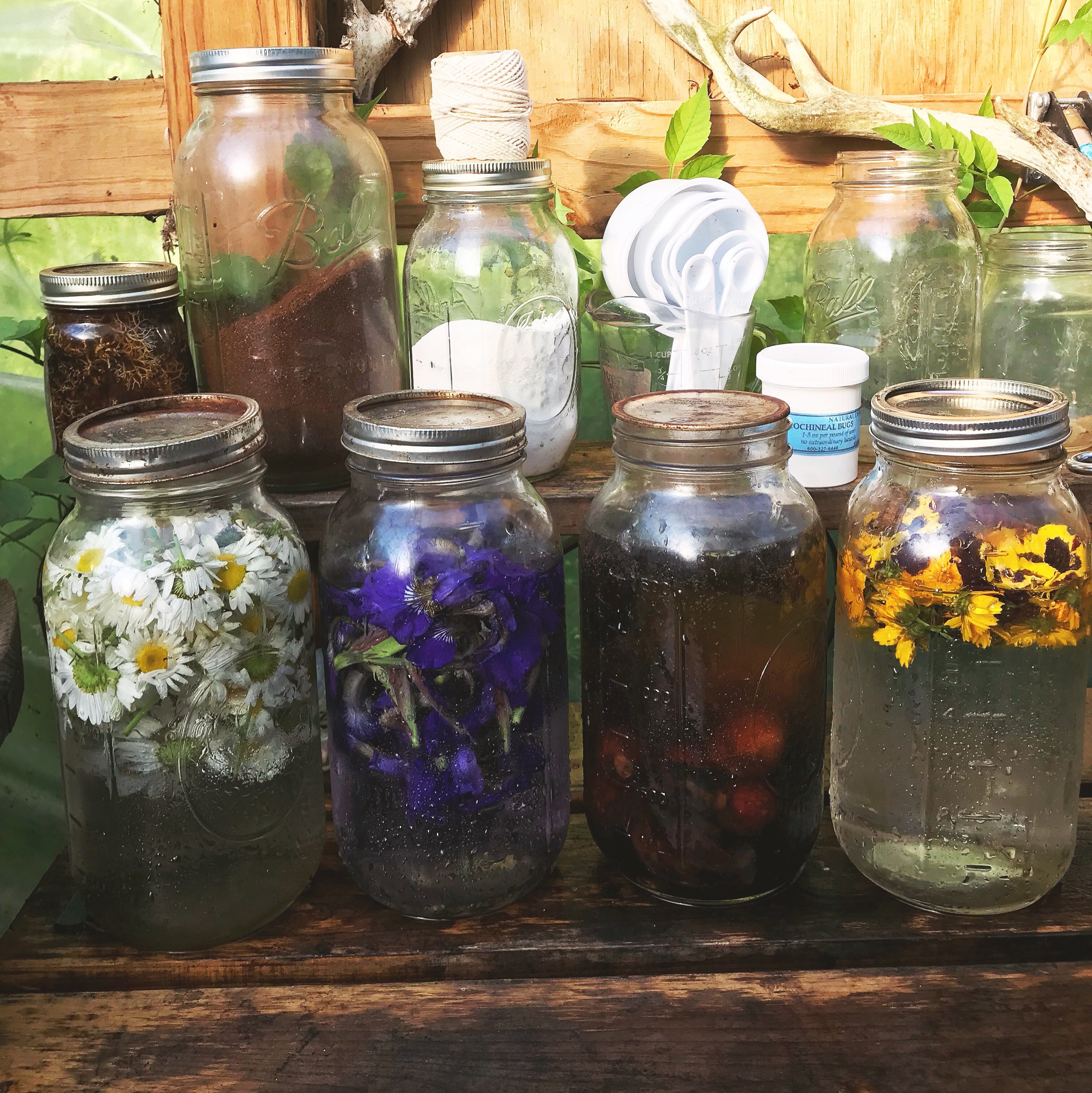One of my favorite herbal goodies to keep on hand is body balm. I make a fresh batch every year, using different infused oils for different herbal properties. I make herbal infused oils all Summer long, let them steep slowly over month. Last night I strained 2 jars, a blend of violet + plantain leaf and another blend of calendula + chamomile + lavender + yarrow + plantain. Both slowly infused in organic olive oil. One of the best oils to use for skin.
A question I get a lot when talking about skin salves and balms is “what herbs should I use”. Ultimately, its up to you and your needs. But, let me go over my favorites for skin care.
Violets have great skin healing properties, they are cooling, anti-inflammatory, & great for lymph movement.
Plantain is amazing for skin healing, as well. One of the first wild herbs I recommend anyone to learn. Its great for rashes, bug bites/stings, calming minor sunburn, eczema, any minor skin problem really.
Calendula is another amazing one for skin. One many folks know and grow! Its very anti-inflammatory, great for rashes, minor skin wounds, minor sunburns, eczema and more!
Yarrow is used in this recipe for its ant-bacterial properties. But its great for minor wounds as well. Many folks keep powdered yarrow leaf to stop bleeding on small cuts and it works great with its antibacterial and anti-inflammatory properties.
Lavender is a wonderful calm herb, not just aromatically! Its got a great calming effect on the skin, which works great when paired with other herbs for skin.
Chamomile, like Lavender, is also calming. Its also full of anti-inflammatory and anti-oxidant properties. Studies show it helps reduce signs of aging, accelerates skin cell renewal as well as tissue renewal.
There are so many more herbs out there to use for skin, inflammation, minor cute and more. The more research and experimentation you do, the better!
My Salve Recipe
* An overflowing 1/4 cup of beeswax
* 1/2 cup of shea butter
* 1 1/2 cup of herbal infused oil
* Few drops (or 1 capsule) of vitamin E oil
Melt all together in a double boiler, then pour into your jars. For a lotion bar recipe, simply add 1/2 cup more beeswax!
(This is not medical advice. Please research the herbs & decide for yourself which ones to use.)







































